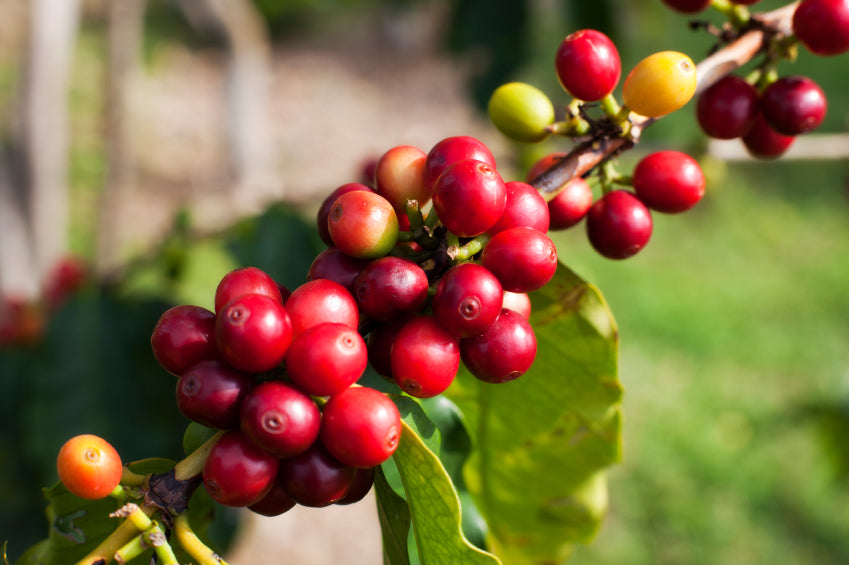
Understanding Coffee Beans: A Comprehensive Guide for the Artisan Coffee Lover
Share
Welcome to our comprehensive guide on coffee beans! Whether you're a seasoned barista or a novice coffee enthusiast, understanding the nuances of coffee beans can elevate your brewing game. In this article, we'll explore the different types of coffee beans, their origins, flavor profiles, and tips on selecting the best beans for your taste. Let's dive in!
Types of Coffee Beans: Arabica vs. Robusta
Coffee beans primarily come in two species: Arabica and Robusta. Each has its own unique characteristics that cater to different taste preferences.
Arabica Beans
- Flavor: Sweet, tangy, and often with subtle fruity or floral notes.
- Origin: Mainly grown in Latin America, East Africa, and Asia.
- Benefits: Lower in caffeine compared to Robusta, making it a popular choice for gourmet coffee.
Robusta Beans
- Flavor: Strong, bold, often with a bitter or nutty aftertaste.
- Origin: Primarily grown in Africa and Indonesia.
- Benefits: Higher caffeine content and more resilient to harsh climates.
How Coffee Beans Are Processed
The processing method significantly impacts the final flavor of the coffee. There are three main processing techniques:
- Washed Process: Beans are soaked and fermented to remove the pulp. This method results in a clean and bright flavor.
- Natural Process: Beans are dried with the fruit pulp still attached, giving the coffee a sweet, fruity flavor.
- Honey Process: A hybrid of the washed and natural processes, retaining some pulp on the beans during drying. This method produces a balanced and complex flavor.
Quality Indicators: How to Select the Best Coffee Beans
When selecting coffee beans, consider the following indicators of quality:
- Freshness: Look for a roast date and select beans roasted within the past month for optimal freshness.
- Origin: Single-origin coffees provide distinct and unique flavors, while blends offer a balanced profile.
- Roast Level: Light roasts retain more of the bean's original flavors, while dark roasts offer a bolder, smokier taste.
Brewing Tips for the Perfect Cup
Brewing the perfect cup of coffee requires attention to detail. Here are some tips to get you started:
- Grind Size: Match the grind size to your brewing method (e.g., coarse for French press, fine for espresso).
- Water Quality: Use filtered water to avoid impurities that can affect the taste.
- Brewing Time: Follow the recommended brewing time for your method to achieve the desired strength and flavor.
Common Questions and Concerns
Q: How should I store my coffee beans?
A: Keep your beans in an airtight container, away from light, heat, and moisture.
Q: What's the difference between single-origin and blends?
A: Single-origin coffee comes from one region or farm, offering unique flavor profiles. Blends combine beans from multiple origins for a balanced and consistent taste.
Conclusion
Understanding coffee beans can greatly enhance your coffee experience. By exploring the different types, processing methods, and brewing techniques, you'll be well on your way to enjoying a perfect cup every time. Happy brewing!
